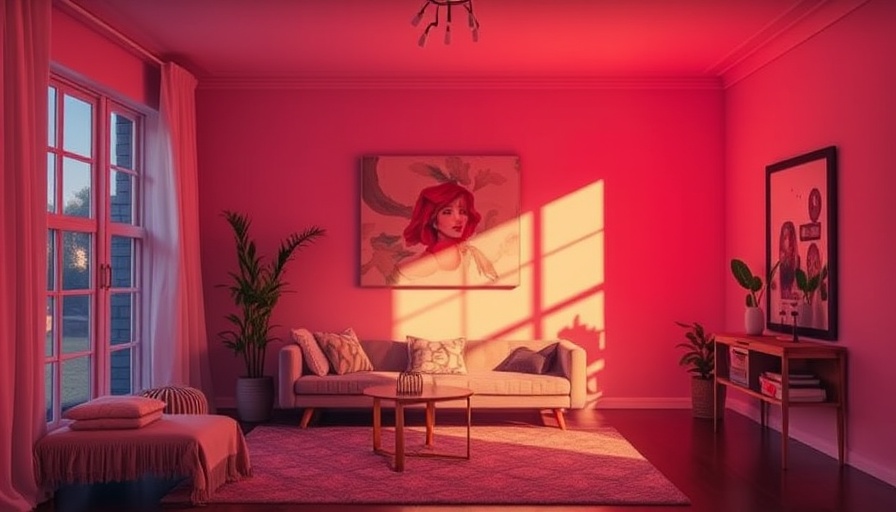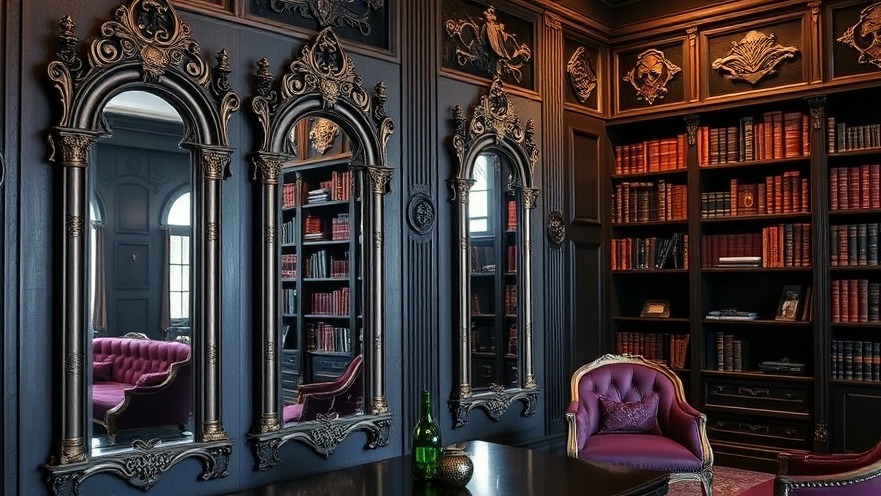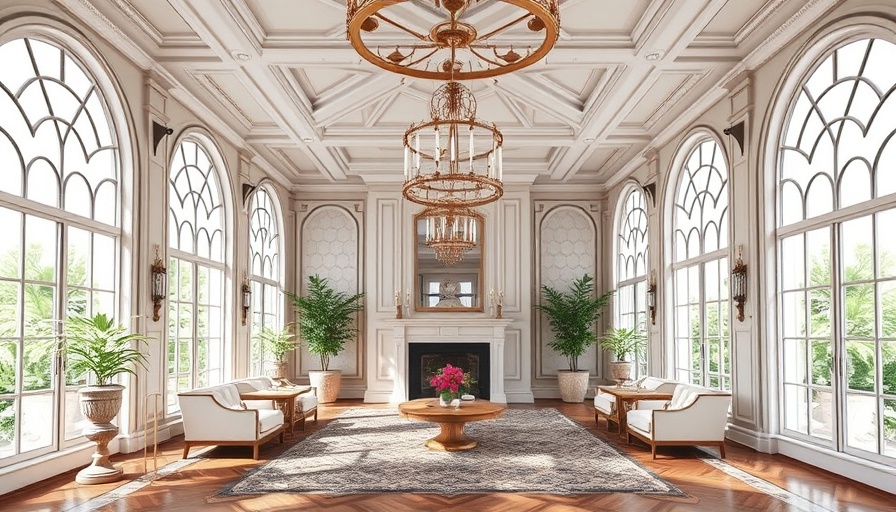
Understanding Color Temperature and Its Psychological Effects
When considering interior design, homeowners often focus on aesthetics, furniture arrangement, and layout. However, an equally influential element lies hidden in plain sight: color temperature. This concept, which refers to the hue of a light source, can significantly affect our emotions and behaviors.
In homes across the greater Hampton Roads area—particularly those filled with families and active military personnel—utilizing the right color temperature can foster a sense of calm, alertness, or even intimacy. Warm lighting (lower Kelvin temperatures) can create cozy atmospheres that encourage relaxation in spaces like the bedroom and living room, while cooler lighting (higher Kelvin temperatures) can enhance concentration, making it particularly beneficial in home offices or study areas.
Create Your Ideal Home Environment
As family-oriented individuals, identifying which spaces could benefit from specific color temperatures is key. For instance, a Scandinavian-inspired living room designed with warm whites and soft tones invites family gatherings, while a modern kitchen might thrive under brighter, cooler lighting to facilitate cooking and social interactions. By strategically planning these elements, you can craft environments that resonate with your family's needs.
The Ripple Effect on Family Dynamics
The colors and lights in your home don't just impact how a room looks—they can significantly affect the mood of the household. Research indicates that certain lighting can influence everything from productivity to social cohesion. A well-lit play area that uses warm tones might promote laughter and bonding, whereas a cooler temperature in the dining area might spur vibrant discussions during dinner. Highlighting the emotional responses elicited by your interiors can contribute to a harmonious family life.
Tips for Choosing the Right Color Temperature in Your Home
1. **Assess Your Space**: Start by analyzing each room. Bedrooms may benefit from softer light, while kitchens can incorporate brighter tones. Using softer LEDs in the living room invites relaxation.
2. **Experiment with Dimmers**: A dimmer switch can afford flexibility, allowing you to adjust the atmosphere according to the time of day or activity.
3. **Consult an Interior Designer**: Engaging with a local interior designer can offer personalized insights into your home within the context of the Hampton Roads lifestyle. Professionals can suggest how color temperature can be harmonized with your overall design theme, whether it's modern or rustic.
Conclusion: Light up Your Life!
Ultimately, selecting the right color temperature is an often-overlooked component of home design that can yield incredible benefits for family dynamics and personal satisfaction. As you embark on your next home project, remember that the lighting choices you make today can foster a nurturing and supportive atmosphere for your family tomorrow. Explore local interior design services to find expert guidance on transforming your spaces with the power of color.



Write A Comment